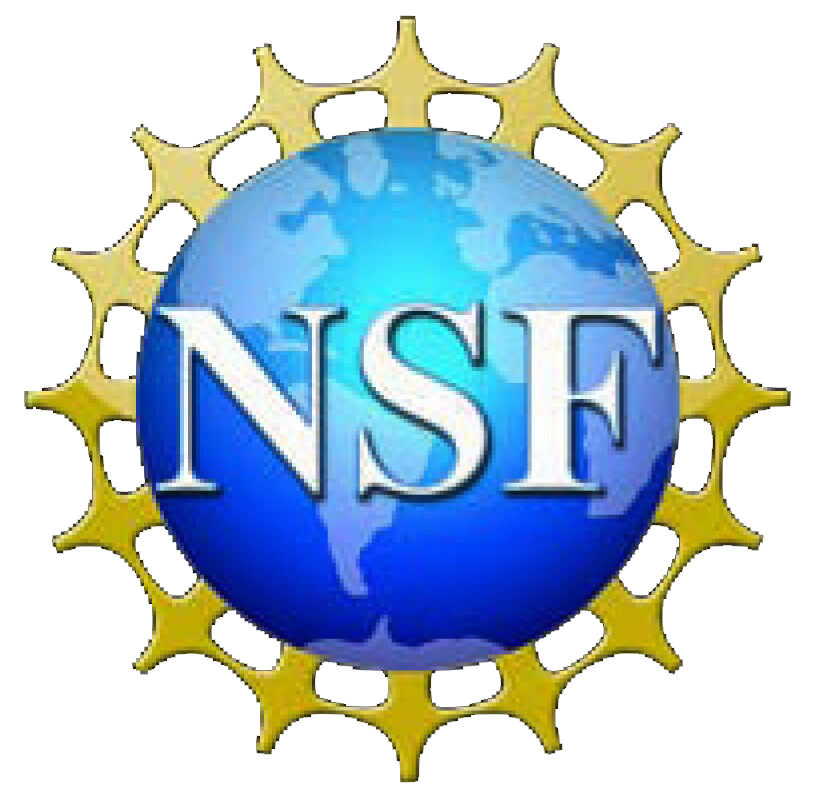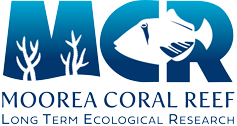Year:
2021
Authors:
Source:
Ph.D. Dissertation
Abstract:
Coral reefs are among the most productive ecosystems on the planet and their survival is integral to maintaining the ocean’s biodiversity. However, shifts in benthic communities, away from reef building corals toward reefs dominated by fleshy algae are documented worldwide and linked with anthropogenic activities including nutrient pollution and overfishing. It is established that algae produce higher quantities of labile organic matter compared with that of corals resulting in a restructuring of bacterioplankton communities toward less diverse, potentially pathogenic assemblages. Although marine biofilms are lauded for their role in settling invertebrate larvae, including that of corals; the effect of these phase shifts on surface attached microbial communities (e.g. biofilms) has been previously unknown. Submarine groundwater discharge (SGD) is one way that anthropogenic nutrient pollution can enter coastal ecosystems and may potentially deliver microbial populations to these environments. However, until now it was unclear how SGD associated nutrients or the possible delivery of microorganisms might influence reef microbial communities. In this dissertation, I characterize microbial communities associated with SGD and describe the effect of the associated nutrient flux on microbial communities across a coral reef in Maunalua Bay and use tidal influence to inform our findings. At low tide, accompanying the strongest effect of SGD associated nutrients; distinct microbial communities from each sampling location were identified. Samples collected from the SGD spring displayed the highest microbial diversity and contained taxa not found at other sampling locations. Mid-reef samples were enriched with populations of copiotrophic taxa and coincided with a peak in ammonium concentrations, suggesting that SGD associated nutrients stimulate nitrogen metabolism and may shift microbial assemblages on coral reefs. Additionally, to investigate the effect of benthic organism and inorganic nutrients on surface attached microbial communities, I cultured biofilms with constituent reef primary producers (algae, coral, and sand), factorially crossed with three levels of continuous nutrient enrichment (ambient, low, and high). Samples were collected at 2-week intervals over the course of 6 weeks. Taxonomic comparison of biofilm communities revealed successional trajectories that were divergent from the temporal dynamics of the planktonic community. Both taxonomic and functional profiles were structured by benthic organism and nutrient treatments within biofilm communities. Overall this work demonstrates that both benthic community and nutrient availability influence microbial community structure in both surface attached and planktonic microbial communities.
Publication Type:
Thesis or Dissertation
Publisher:
University of Hawaii, Manoa



